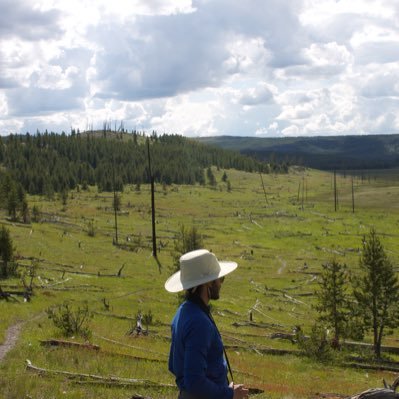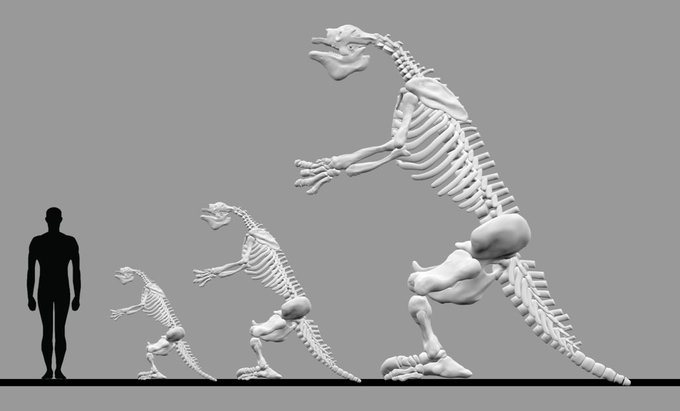Microwear dental data suggests Stenomylus supplemented their diet with gritty browsing, a tactic employed by impala and gerenuk antelope. These camelids retained caniniform teeth implying some level of intraspecific competition, likely by males fighting for mating rites. 🧵6/7->
Stenomylus branched off earlier in camel evolution, with heightened adaptations for the open savanna. Distinct from earlier taxa, they possessed rounded skulls, recessed nasal bones, & high-crowned hypsodont molars, valuable attributes for munching on arid rangeland flora.🧵4/7->
While stylized, this cat art shows diagnostic traits of Smilodon: its giant size, short tail and iconic large canines. A plausible objection might suggest equivalence to a whiskered bobcat (L. rufus); yet no known rockart details whiskers, for eg. the lions from Chauvet, France.
@KingRexy328 @JoschuaKnuppe Also have @CentralCenozoic’s skeletal of Chasicotherium, a later and larger homoladothere.
Megatherium babies would’ve been adorable, the smallest calves would’ve been around the size of a large sheep! https://t.co/4nlmAn0aY8









